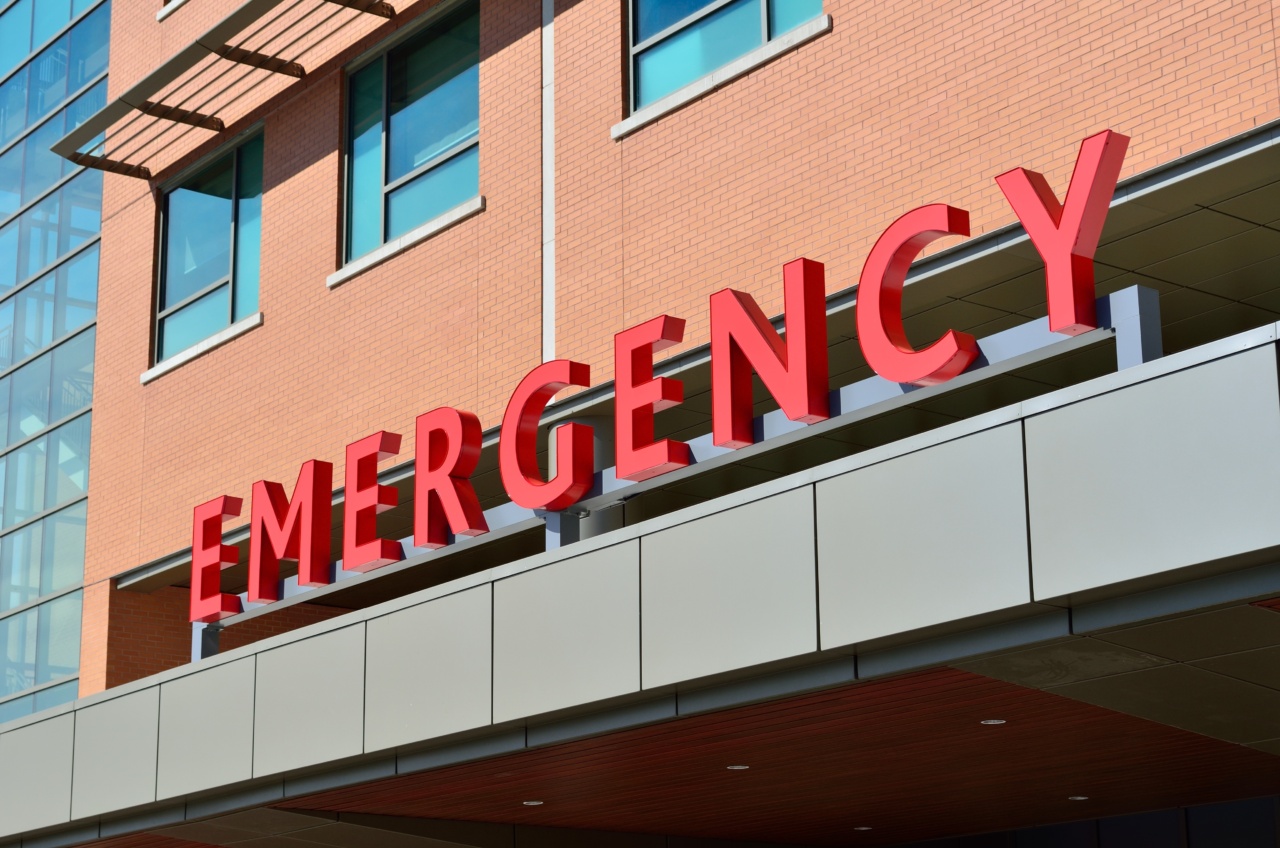As a building owner, it is crucial to be aware of the various health concerns that can arise in your property.
One such issue is Sick Building Syndrome (SBS), which refers to a condition where occupants of a building experience acute health effects that can be directly linked to spending time in that particular space. In this article, we will explore the causes, symptoms, prevention, and management of Sick Building Syndrome to help you understand and tackle this problem effectively.
What is Sick Building Syndrome?
Sick Building Syndrome is a term used to describe a situation where occupants of a building experience discomfort or illness that is directly related to the time they spend within the building.
The symptoms associated with SBS can vary widely and may include respiratory issues, headaches, eye and throat irritation, fatigue, dizziness, and even cognitive difficulties.
Causes of Sick Building Syndrome
There are several factors that can contribute to the development of Sick Building Syndrome.
Inadequate ventilation is one of the primary culprits as it can lead to a buildup of indoor air pollutants such as carbon dioxide, volatile organic compounds (VOCs), and mold spores. Additionally, the presence of chemical contaminants from cleaning agents, pesticides, and building materials can also exacerbate the problem.
Identifying Sick Building Syndrome
If tenants or occupants of your building frequently complain about health issues that seem to be related to their time spent within the premises, it is crucial to investigate the possibility of Sick Building Syndrome.
Look for patterns in symptoms, such as employees feeling better when they leave the building or experiencing worsening symptoms upon returning to work. Pay attention to specific areas of the building where symptoms are more prevalent, as this can help narrow down potential problem areas.
Preventing Sick Building Syndrome
Prevention is always better than cure when it comes to Sick Building Syndrome. Here are some crucial steps you can take as a building owner to minimize the risk of SBS:.
1. Adequate Ventilation
Ensure that your building has proper ventilation systems in place. This includes regular maintenance of HVAC systems, air filters, and ensuring that air exchange rates meet industry standards.
Good ventilation helps to dilute and remove indoor air pollutants, reducing the risk of SBS.
2. Effective Cleaning Practices
Choose cleaning agents that have low chemical content and are eco-friendly. Encourage regular cleaning of air vents, carpets, and upholstery to prevent the accumulation of dust, allergens, and other pollutants that can contribute to SBS.
3. Indoor Plants
Consider adding indoor plants to your building. Plants act as natural air filters, helping to improve air quality by absorbing carbon dioxide and releasing oxygen. They also add a visually appealing touch to the workspace.
4. Regular Inspections
Conduct regular inspections of your building to identify any signs of mold, water leaks, or other sources of indoor pollutants. Addressing these issues promptly can prevent the development of SBS.
Managing Sick Building Syndrome
If you suspect the presence of Sick Building Syndrome in your building, it is essential to take immediate action:.
1. Consult Professionals
Engage the services of professionals such as industrial hygienists, environmental consultants, or indoor air quality specialists to assess your building.
They can help identify potential sources of pollutants and provide recommendations for improvement.
2. Remediate the Problems
Based on expert recommendations, implement necessary remediation measures. This may involve repairing leaks, improving ventilation systems, or replacing building materials that may be contributing to poor air quality.
3. Educate Occupants
Provide your building occupants with information and education about Sick Building Syndrome. Promote good hygiene practices, such as handwashing, and encourage prompt reporting of any symptoms.
Employees should be educated about the importance of proper ventilation, avoiding smoking indoors, and maintaining a clean workspace.
Conclusion
Sick Building Syndrome is a common but preventable problem that can significantly impact the health and well-being of your building’s occupants.
By understanding the causes, symptoms, prevention, and management techniques associated with SBS, you can take proactive measures to create a healthy indoor environment. By prioritizing the well-being of your occupants, you not only improve their quality of life but also enhance the overall value of your building.































